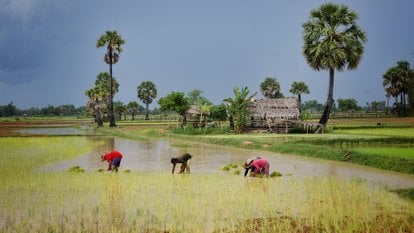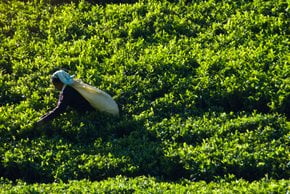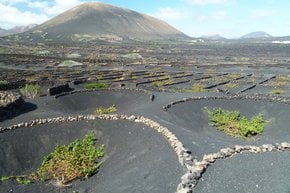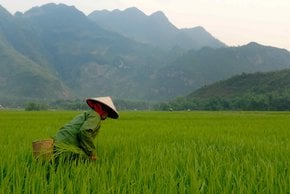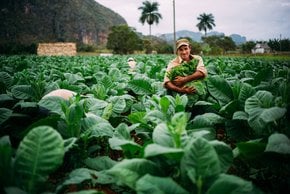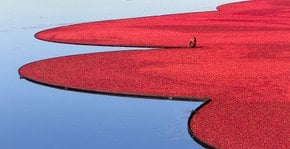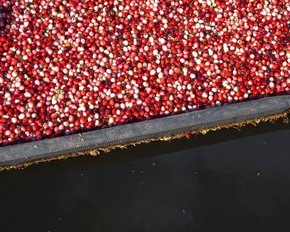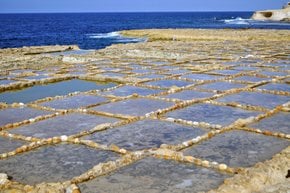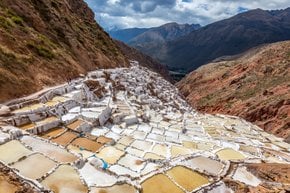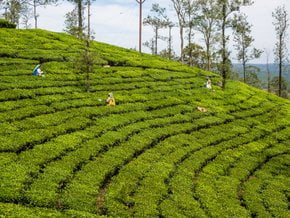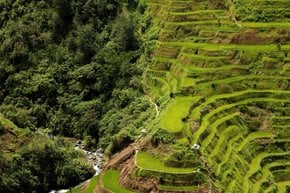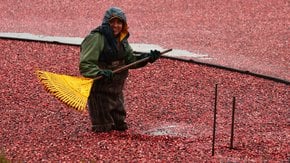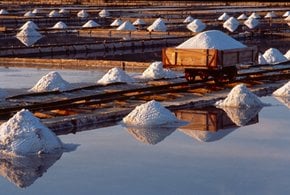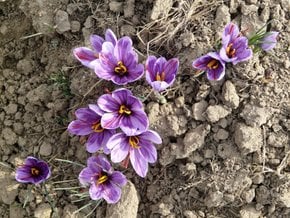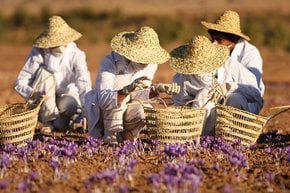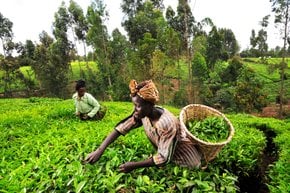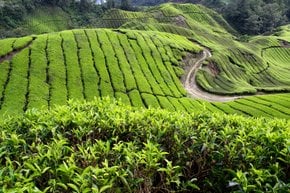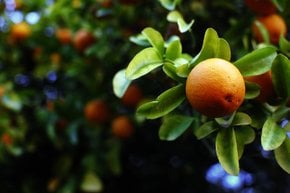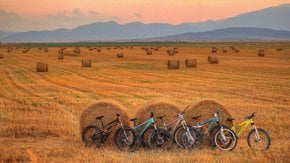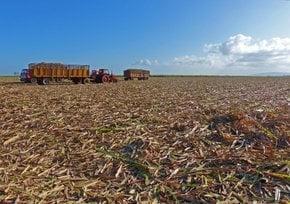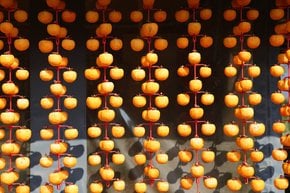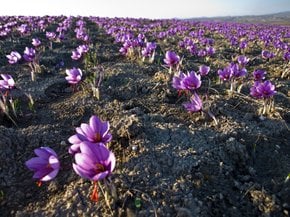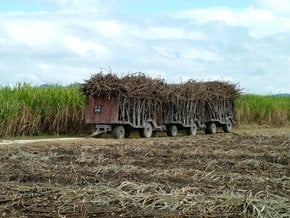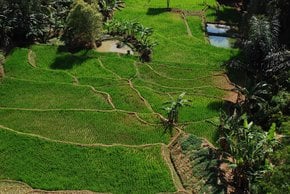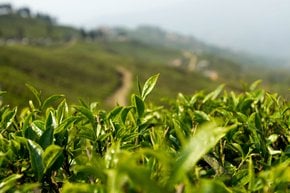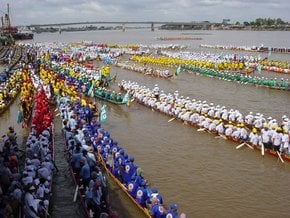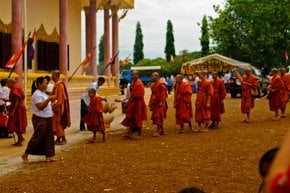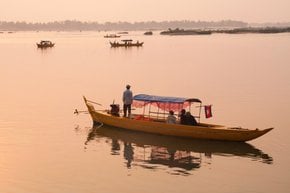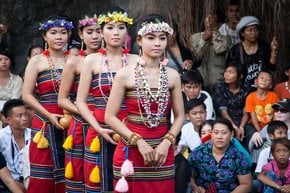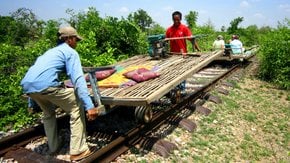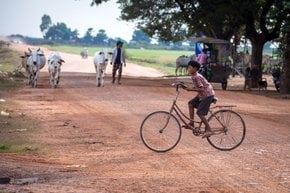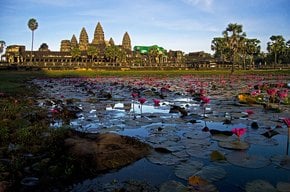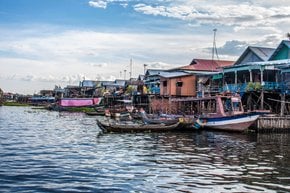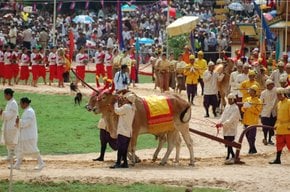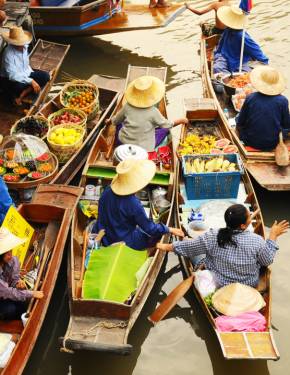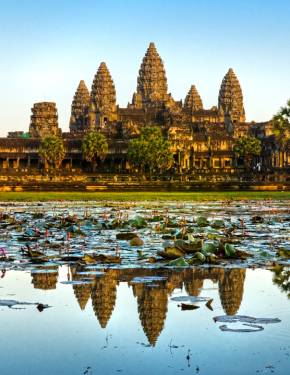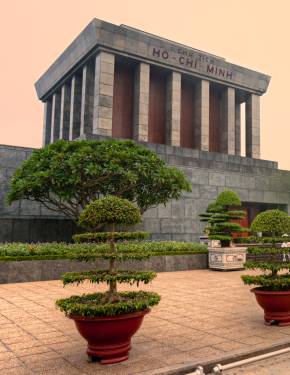Rice Farming Season (Planting and Harvesting) in Cambodia 2025-2026
Rice plantations may be the best place to experience the local lifestyle
Best time: late May–September | November–February
The typical Cambodian landscape is dominated by blue and green colors of the sky and rice plantations. In season, emerald rice paddies are dotted with workers, who drag sheets loaded with bundles of rice. The view turns to be as out of a postcard and thousands of tourists come annually to see this remaining bucolic lifestyle.
Cambodia has two rice crops in a year. The major monsoon (long-cycle) planting season falls in late May through July. For the heavy rains, rice shoots are transplanted during summer months through September. The main harvest occurs six months later—in December.
The dry-season crop is naturally less abundant but it also takes less time to grow, namely three months from its planting in November to the harvesting in January or February.
Rice plantations stretch all across Cambodia, but certain areas are more fertile than others. The richest rice lands cover the area of the Tonle Sap Basin, the provinces of Battambang, Kampong Cham, Kampong Thum, Kandal, Svay Rieng, and Prey Veng.
You may explore rural Cambodia at your own pace or join one of the traditional rice farming tours from Siem Reap. General Cambodia farm tours feature both rice planting and harvesting experience, as well as other farming activities.

